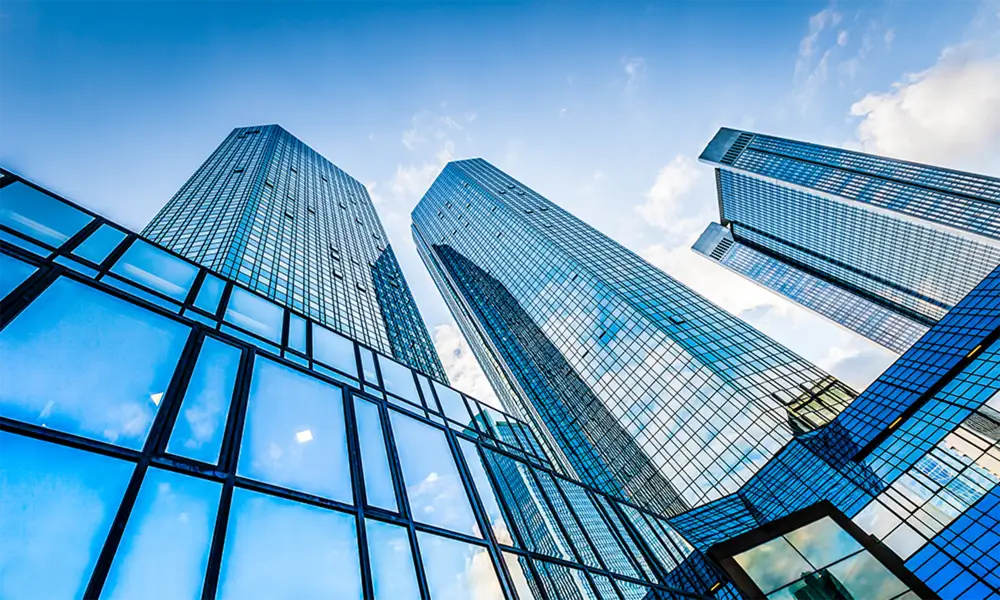

The Allure of Yellow Frosted Glass A Blend of Aesthetics and Functionality
In the world of design, materials often play a crucial role in defining the ambiance and character of a space. Among these materials, yellow frosted glass stands out for its unique ability to combine beauty, privacy, and light diffusion. This article explores the various aspects of yellow frosted glass, highlighting its applications, aesthetic appeal, and the underlying science that contributes to its popularity.
At its core, frosted glass is created through sandblasting, acid etching, or other methods that obscure the glass's transparency while allowing light to pass through. When tinted yellow, this type of glass not only transmits light but also imbues a space with warmth and vibrancy. The yellow hue, reminiscent of sunlight, can stimulate the senses and elevate the mood, making it an excellent choice for various settings from residential homes to commercial spaces.
One of the primary advantages of yellow frosted glass is its ability to provide privacy without sacrificing natural light. In bathrooms, for example, yellow frosted glass can be used for windows or shower enclosures to create a serene atmosphere while shielding occupants from outside view. Similarly, in office environments, it can be employed in partition walls or conference rooms to offer confidentiality during discussions, all the while maintaining a bright and inviting workplace.
In terms of aesthetic appeal, yellow frosted glass is incredibly versatile. It complements a range of design styles, from modern and minimalist to more traditional aesthetics. The warm yellow tone can be paired with neutral colors, such as whites and grays, to create a balanced space that feels both inviting and sophisticated. In contrast, it can also serve as a dramatic accent in more colorful environments, contrasting beautifully with blues, greens, and reds. The frosted texture adds a layer of depth to the design, softening harsh lines and enhancing the overall visual experience.

The use of yellow frosted glass extends beyond simple architectural features. It has gained popularity in various decorative elements, such as light fixtures, art installations, and furniture. For instance, pendant lights made from yellow frosted glass can cast a warm glow, creating a cozy atmosphere in dining areas or living rooms. Furthermore, artists have begun to explore the material's potential in creating stunning sculptures that play with light and shadow, drawing attention to the intricate details of both the glass and the surrounding environment.
However, the appeal of yellow frosted glass is not merely visual; it also involves a deeper connection to the natural world. The color yellow is often associated with energy, optimism, and creativity. By incorporating this hue into their designs, architects and interior designers can foster an environment that encourages productivity and positivity. This psychological aspect is valuable in both homes and workplaces, where a vibrant, uplifting atmosphere can significantly impact well-being.
As sustainability becomes increasingly important in design choices, yellow frosted glass proves to be an eco-friendly option. Glass is infinitely recyclable, and when produced responsibly, it can minimize environmental impact. Choosing durable materials, such as high-quality glass, ensures longevity and reduces the need for replacements, aligning with sustainable practices in modern design.
In conclusion, yellow frosted glass emerges as a remarkable material that brings together aesthetics, functionality, and emotional resonance. Its ability to enhance privacy while flooding spaces with warm, diffused light makes it an ideal choice for diverse applications. Whether in homes, offices, or artistic endeavors, yellow frosted glass provides a unique blend of beauty and practicality, inviting us to rethink the way we interact with the materials that shape our environments. As we continue to explore innovative design possibilities, this vibrant material will undoubtedly remain a beloved choice for many architects and designers seeking to illuminate their spaces with warmth and creativity.